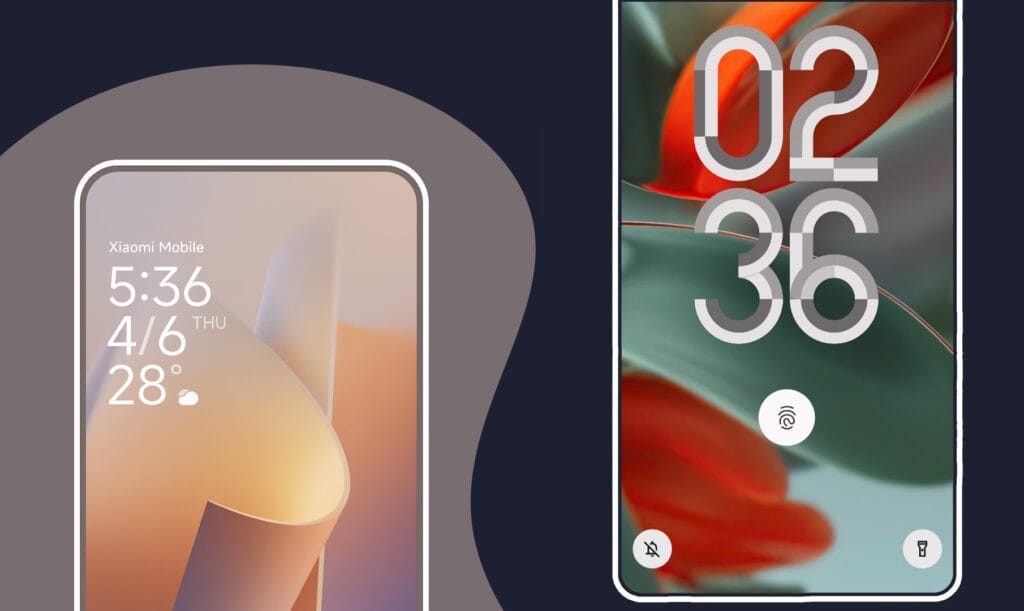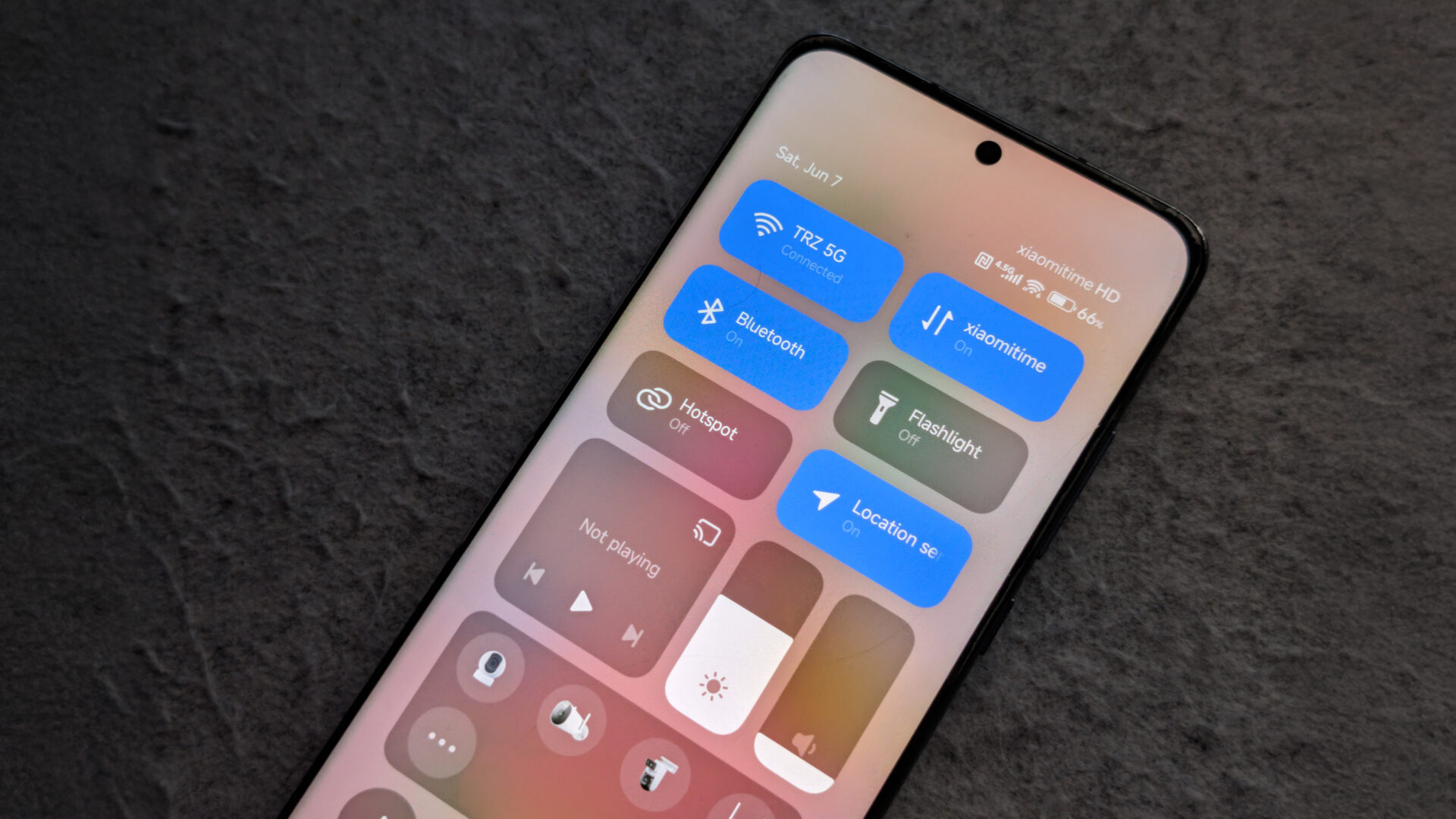The landscape for Android customization is shifting fast. With Google’s latest changes to Android 16, Xiaomi’s strategic push for HyperOS isn’t just timely—it’s necessary. The doors are closing on traditional custom ROM development, and companies like Xiaomi are stepping in to fill the gap with robust, integrated software experiences.
Google’s New Policy and Its Impact
In a significant policy move, Google has withheld device trees and driver binaries for Pixel devices from the Android 16 source release. For years, these resources enabled developers to build custom firmware across a spectrum of hardware. Now, Google is placing access behind a dedicated portal, with additional requirements and potential fees—hardly an open invitation for community-led projects.
This isn’t just a technical shift; it’s a strategic realignment. By limiting source code access, Google is pushing the Android ecosystem toward official, manufacturer-driven solutions. The VP of Android was clear: AOSP needs a standard, affordable reference—but for independent developers, the message is that the old days of open tinkering are behind us.
The Decline of Custom ROMs
This move is a major roadblock for projects like LineageOS and Pixel Experience. Developers have already noted the missing device trees and mangled commit histories in the latest source release, making it nearly impossible to support new devices without extensive reverse engineering. The custom ROM community, once a hotbed of innovation and user choice, now faces a stark reality: continued progress will be slow, if not entirely stalled, for new hardware.
HyperOS: The Strategic Response
Xiaomi’s emphasis on HyperOS now looks like a calculated decision with long-term benefits. As the open-source pathway narrows, users will increasingly depend on official software that promises stability, deep hardware integration, and consistent updates. HyperOS is designed to deliver these advantages, offering features and optimizations that community-driven projects simply can’t match without direct access to device internals.
For Xiaomi, this isn’t just about filling a void—it’s about setting a new standard for device experience. With HyperOS, the company can control quality, security, and feature rollouts across its product line, strengthening its brand in a market where differentiation is key.
The Future of Android Customization
The era of widespread, community-driven Android customization is winding down. Google’s control over the source code ecosystem means that innovation—and user experience—will largely be in the hands of manufacturers. For Xiaomi, that’s an opportunity. HyperOS is positioned as a forward-thinking solution, offering advanced customization, performance, and exclusive features without compromising device reliability or security.
For users seeking to maximize their Xiaomi devices, the company’s own software and enhancement tools—like HyperOSUpdates.com and the MemeOS Enhancer app—will become central to the experience, providing capabilities that were once the domain of custom ROMs.
In summary: the Android world is consolidating. HyperOS represents Xiaomi’s commitment to innovation and user value in an environment where official solutions are becoming the norm.


 Emir Bardakçı
Emir Bardakçı



Since 2020 you guys keep stopping releaseing kernel source and device tree yet if you compare the global rom vs china rom , global rom lacks too many features and most of us are using custom rom to :
1. Debloat the device with those suspicions apps that tracks and display ads with backdoor exploit
2. Bugs and glitches to avoid on every update that affects both performance and battery efficiency we want to fixes
3. Have a sense of ownership we dont want someone tracks us
4. Privacy and security as more years of development of xiaomi they still didnt learn from theyre past experience more bloats ,more apps to use cloud tracking ads to bloat we want to remove this.
5. You dont read those suggestions and feedback on your app so this custom rom maintainers do those jobs for you
Well HyperOS 2.0 is currently very poor. And i don’t any signs it will change.
if Google really want to stop custom rom developer than the freedom of android is really going to end and then their Will be no deference between ios and android than i personally think this is not a good step by Google guys I’m extremely serious we need to stop it by using change.org
This will kill innovation and increase electronic waste. Xiaomi is know for its poor software quality. The custon Rom xiaomi.eu tried to fix this. Now they can close. Years of effort and committment of open source developers and volunteers to the garbage bin.
Thanks for sucking up the open source community, Google and Xiaomi. I hope someone will dump containers full of useless phones in front of your door and burn them down.
For me personally, I care less about custom ROMs, but things like rooting is mandatory for me.
That’s why I dumped Xiaomi months ago, and went for OnePlus
If only xiaomi didn’t segregate their “universal ROM”…
naic♥️♥️
nice phone
HyperOS 1 was rubbish. HyperOS 2 has been rubbish so far. Xiaomi’s and Redmi’s pricing is equivalent to that of Samsung and Pixel. Now that they’re stepping away from opening their devices to custom ROM installs, I don’t see any reason to purchase them.
hyperos is garbage. Steaming pile of shit
What a twist of fate! The once closed-off Apple is becoming more open, while the formerly open Android is turning increasingly restrictive. The 3.5mm headphone jack, SD card slots, removable batteries, and LCD screens have all vanished—and now, even the freedom to unlock the bootloader and flash custom ROMs is being taken away.
The conditions for unlocking the bootloader on Xiaomi’s Hyper OS in China are extremely stringent, driving many modding enthusiasts to switch to OnePlus. As a result, Xiaomi is gradually losing its modding community. With its successful foray into the premium market, Xiaomi seems to have outgrown its once-loyal tech enthusiasts. A little fame goes a long way—it appears Xiaomi has forgotten who helped build its success in the first place.
wowowowow. with costum rom?. fuck you xiaomi. how to flashing costum rom with bootloader locked?. wow one answer from xiaomi about costum rom. 🤣🤣🤣 but she aready know 90% device on hypros cant ubl after you release new policy about unlock bootloader. F U.C.K Y.O.U X.I.A.O.MI.
please sir for your company prosperity take a second thought don’t destroy your company respect for political aspects I peg you to give us the updates we deserve for china country men and prosperity and richness of humanity